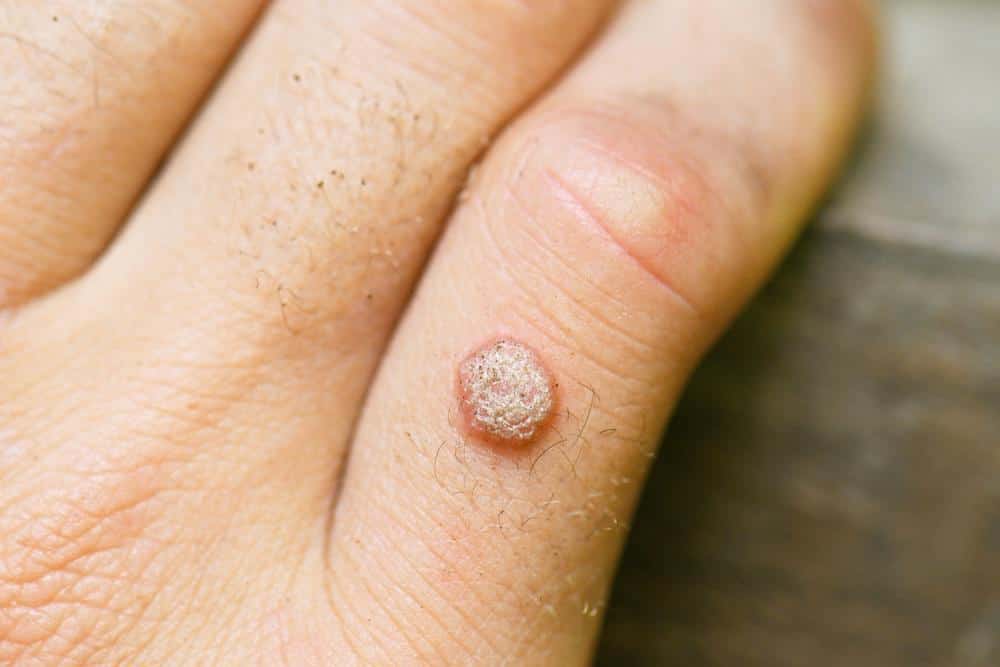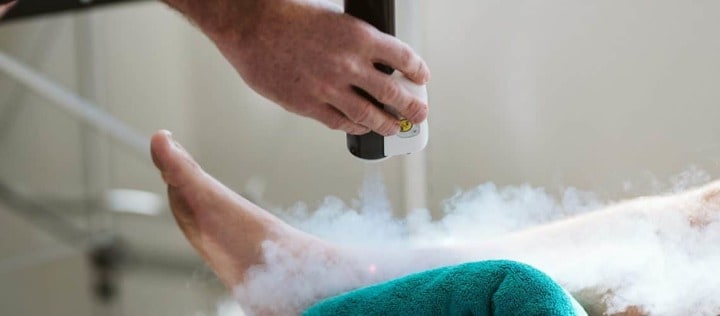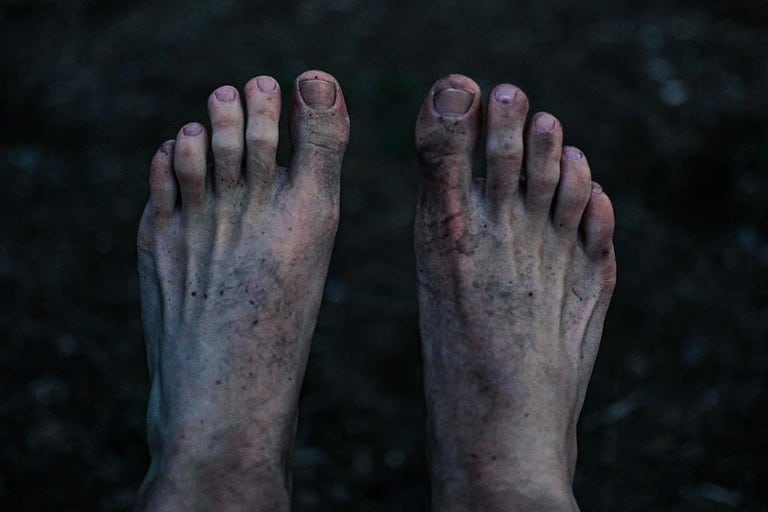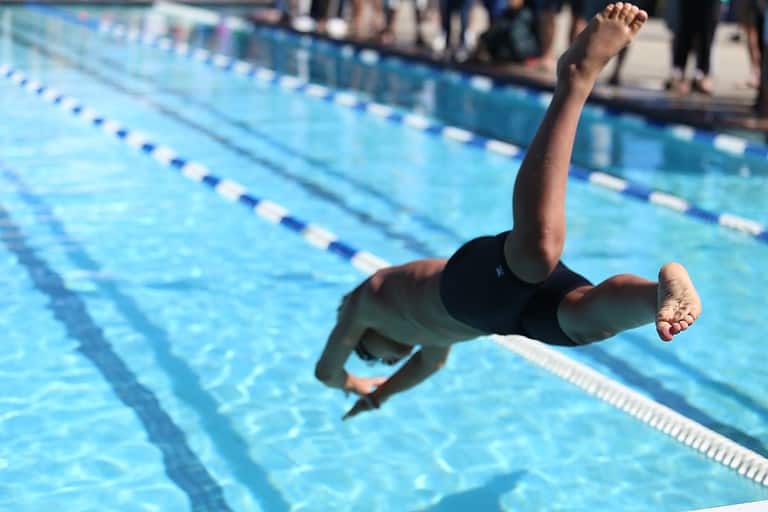Cryotherapy at Home Kit: Wart Removal and Health Benefits
Utilizing a cryotherapy at home kit can provide numerous health benefits and help you achieve effective treatment for various conditions. In this blog post, we will delve into cryotherapy, exploring its applications in medical treatments and the general health advantages associated with this innovative technique.
We’ll discuss the different types of at-home cryosurgery kits available on the market and how they work to remove warts, including plantar warts and genital warts. Additionally, we’ll cover essential preparatory steps such as consulting a healthcare professional before attempting home-based treatment and applying salicylic acid prior to using an at-home kit.
Furthermore, we’ll examine the role of liquid nitrogen in cryosurgery procedures – how it works in freezing warts effectively while also considering factors that may affect the number of treatments required for complete wart removal. Lastly, we will address limitations related to treating HPV infections with cryotherapy at home kits and emphasize seeking medical advice for appropriate treatment options.
Table of Contents
- Cryotherapy and Its Health Benefits
- Cryotherapy at Home Kits for Wart Removal
- Preparing for Cryosurgery Treatment at Home
- The Role of Liquid Nitrogen in Cryosurgery Procedures
- Cryotherapy for Genital Warts and HPV Infections
Cryotherapy and Its Health Benefits
Cryotherapy, subjecting your body to sub-zero temperatures, has become a popular wellness trend for its numerous health benefits. It is used in various applications such as cryosurgery, which involves using extreme cold to remove warts and other noncancerous tumors caused by human papillomavirus (HPV).
Applications of Cryotherapy in Medical Treatments
- Wart Removal: One common application of cryotherapy is wart removal through cryosurgery. This treatment effectively removes plantar warts, facial warts, and even genital warts caused by HPV infections.
- Sports Medicine: Athletes often use whole-body cryotherapy chambers or localized ice packs to reduce inflammation and speed up recovery after intense workouts or injuries.
- Pain Management: Localized cold therapy can help manage pain from conditions like arthritis or nerve damage by numbing the affected area temporarily.
- Dermatology: Cryosurgery can also be used for treating skin lesions such as actinic keratosis (pre-cancerous growths) and certain types of skin cancer.
General Health Benefits Associated with Cryotherapy
- Mood Enhancement: Exposure to cold temperatures can trigger the release of endorphins, which are known as “feel-good” hormones. This may help improve mood and reduce symptoms of anxiety or depression.
- Weight Loss Support: Some studies suggest that cryotherapy might boost metabolism and promote fat burning, making it a potential aid in weight loss efforts when combined with a healthy diet and exercise regimen.
- Skin Rejuvenation: Cryofacials use cold air to stimulate collagen production in the skin, potentially reducing signs of aging such as wrinkles and fine lines.
- Better Sleep: Cold therapy has been shown to help regulate sleep patterns by promoting relaxation and reducing stress levels before bedtime.
Cryotherapy at Home Kits for Wart Removal
Dermatologists often recommend cryosurgery as it is effective in removing plantar warts that can cause discomfort, pain, pressure, low self-esteem, anxiety, and other impairments. Home care products may temporarily reduce the size or appearance of small warts but do not treat the underlying HPV infection; hence at-home kits are considered more effective.
How These Kits Work for Wart Removal
The process involved in using an at-home cryotherapy kit typically involves three steps: preparation, application, and aftercare. Here’s how each step works:
- Preparation: Before applying any cryotherapy treatment, ensure the area surrounding your wart is clean and dry. You may also want to protect healthy skin around the wart by applying petroleum jelly or protective barrier cream.
- Application: Follow the instructions provided with your chosen at-home kit carefully. This usually involves holding an applicator or spray nozzle directly onto your wart for a specified period (usually between 10-40 seconds) to freeze it effectively. It’s essential not to over-freeze, as this can cause damage to healthy skin cells.
- Aftercare: Once you’ve completed the freezing process, allow any redness, swelling, or blistering to subside before resuming normal activities – typically within one week of treatment. If necessary, repeat treatments every two weeks until the wart has been removed entirely.
Preparing for Cryosurgery Treatment at Home
Before undergoing cryosurgery treatment from a dermatologist or using an at-home kit on facial warts, it’s essential to consult with your healthcare provider first. Some doctors may ask you to prepare beforehand by applying salicylic acid.
Salicylic Acid Application Process Prior to Using an At-Home Kit
- Cleanse: Begin by gently cleansing the affected area with mild soap and water, then pat dry with a clean towel.
- Select Product: Choose an over-the-counter (OTC) salicylic acid product designed for wart removal. These products come in various forms, such as liquid solutions, gels, pads, and patches.
- Familiarize Yourself With Instructions: Read all package instructions carefully before starting the application; different products may require unique methods.
- Prioritize Safety: Always follow safety precautions outlined in product packaging.
- Apply: Apply the salicylic acid product directly onto the wart, avoiding surrounding healthy skin. Using a liquid solution, use an applicator brush or cotton swab for precise application.
- Cover: If instructed by your healthcare provider or product packaging, cover the treated area with a bandage or adhesive pad to protect it and prevent the spreading of HPV virus particles.
The Role of Liquid Nitrogen in Cryosurgery Procedures
Most doctors use liquid nitrogen during cryosurgery procedures, which briefly numbs the area before causing redness and blister formation, eventually leading to wart removal within about a week. Smaller warts might only require one treatment, while larger ones could need multiple treatments spaced 2-3 weeks apart – possibly accompanied by salicylic acid applications between sessions.
How Liquid Nitrogen Works in the Cryosurgery Process
Liquid nitrogen is utilized to freeze warts due to its ability to obliterate the affected tissue while preserving surrounding healthy skin. When applied to a wart, liquid nitrogen causes rapid freezing and thawing cycles that damage cell membranes, ultimately killing the infected cells.
In medical settings, professionals typically apply liquid nitrogen using a spray device or cotton swab soaked in the substance. For at-home kits, manufacturers often provide applicators designed specifically for safe and effective application on smaller areas like facial warts.
Cryotherapy for Genital Warts and HPV Infections
Although cryotherapy can effectively remove genital warts, it is important to note that it does not treat the underlying HPV infection. Consulting with a healthcare professional before attempting any form of treatment is crucial to ensure proper management and prevention of further complications. Source
Source
Limitations of Cryotherapy in Treating HPV Infections
Cryotherapy at home kits has been shown to be successful in eliminating noticeable warts caused by certain HPV strains. However, this method only addresses the symptoms rather than eliminating the virus itself.
Since HPV can remain dormant within your body even after wart removal, there’s still a risk for recurrence or transmission to sexual partners. Furthermore, cryotherapy may not be suitable for treating all types of warts, such as those located inside the vagina or anus, due to potential risks associated with freezing sensitive tissues.
Seeking Medical Advice for Appropriate Treatment Options
For genital warts or HPV infections, it is critical to speak with a qualified medical professional who can recommend the most effective treatment based on your individual condition. Some possible options include:
- Topical medications: Prescription creams like imiquimod and podofilox are applied directly onto the affected area over several weeks under medical supervision.
- Surgical excision: A doctor may opt to surgically remove larger or more persistent warts using local anesthesia.
- Laser therapy: High-intensity laser beams target and destroy abnormal cells without harming surrounding healthy tissue.
- Electrocautery: This method uses electric current to burn off the wart, usually under local anesthesia. It is particularly effective for larger or clustered warts.
Conclusion
Overall, a cryotherapy at home kit has many health benefits and is commonly used in medical treatments. At-home cryosurgery kits can be effective for removing warts, but it’s important to consult with a healthcare professional before attempting any home-based treatment. Liquid nitrogen plays a crucial role in the cryosurgery process, and factors such as the size and location of the wart can affect how many treatments are required.
If you’re interested in trying out a cryotherapy at-home kit, make sure to do your research on the different types available on the market and follow the proper preparation steps. For more tips on living a healthier lifestyle, check out Smart Living Now.
Transform your health today with Smart Living Now’s expert guides!








